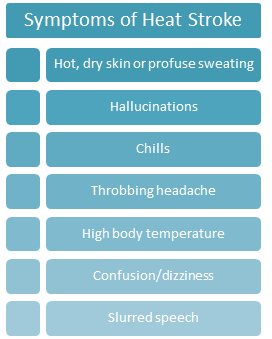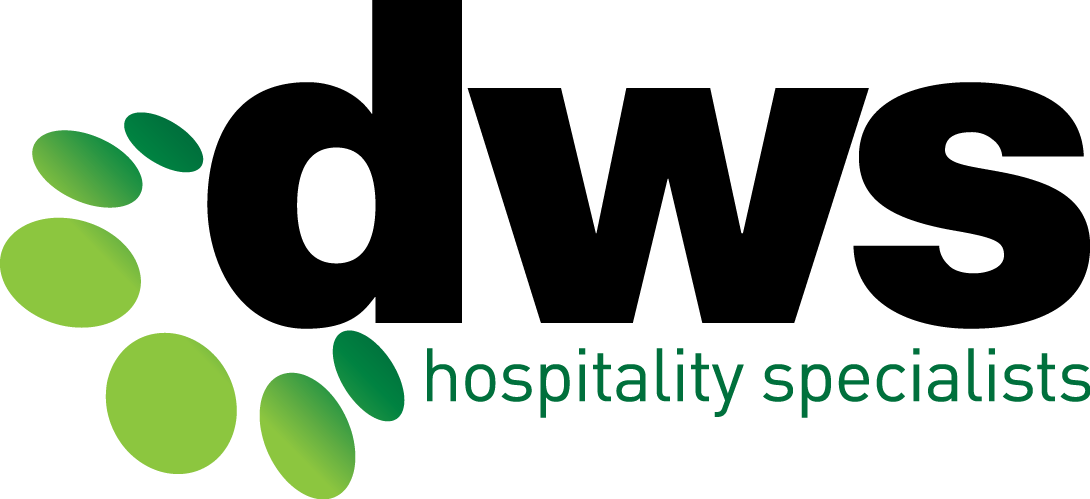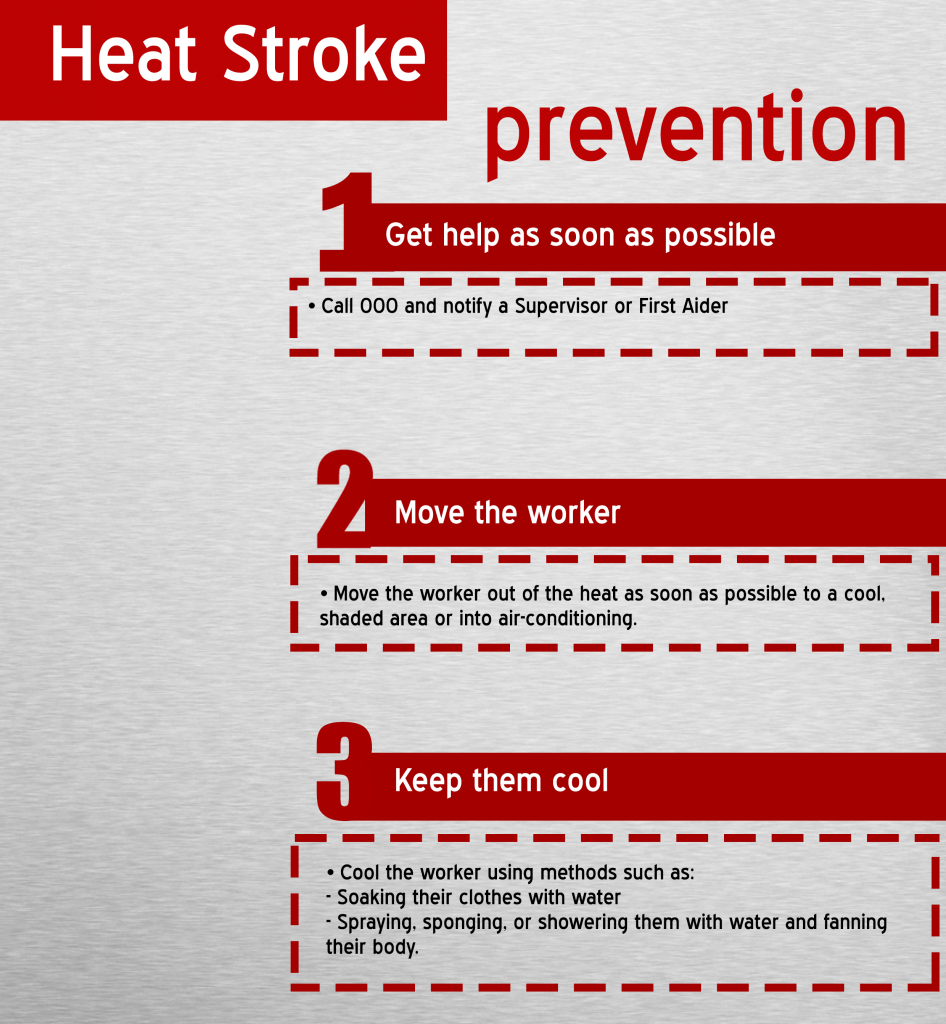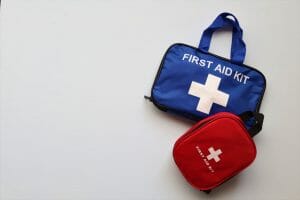As we move into the summer months, we need consider our outdoor workers and the increased risk of heat and heat stress. Those most at risk of heat stress include outdoor workers such as maintenance personnel, greens keepers, gardeners, courtesy bus drivers and cleaners. Other workers who can also be affected are those working in hot areas such as kitchens. Those who fall into high risk categories include:
- Workers 55 years of age or older;
- Overweight workers;
- Workers that have heart disease or high blood pressure; and
- Workers who take medications that may be affected by extreme heat.
Exposure to extreme heat can result in heat stroke, heat exhaustion, cramps, or rashes.
Hot weather can also interfere with work equipment such as causing eye wear to become fogged up, loss of grip and control over equipment due to sweaty palms, increased temperature on certain surfaces, glare and heat-induced fatigue.
Prevention of heat stress in workers is important and it’s vital to educate your employees so they can understand what heat stress is, recognise the signs and how they can prevent it. Having procedures in place can minimise the risk of incidents occurring, therefore protecting your bottom line.
Types of Heat Stress
Heat Stroke
Heat stroke extremely serious as it can come on quickly and if not dealt with quickly, has serious repercussions. In extreme situations, it can lead to death.
Heat Stroke is when our body is no longer able to regulate its temperature. As a result, the body’s temperature rises rapidly. When this happens, the sweating mechanism fails and the body is unable to cool down. When heat stroke occurs, the body temperature can rise to 41°C or higher within 10 to 15 minutes. Heat stroke can cause death or permanent disability if emergency treatment is not given.

Heat exhaustion is the body’s response to an excessive loss of the water and salt, usually through excessive sweating. Workers most prone to heat exhaustion are those that are elderly, have high blood pressure, and those working in a hot environment.
Putting protections in place to educate your workers will help to prevent issues such as this occurring. See below for some simple guidelines:
As an employer, you should take the following steps to protect workers from heat stress:
- Schedule maintenance and repairs and gardening, green keeping in the early in the day.
- Reduce the physical demands of workers, by ensure that they have regular rest periods throughout the day.
- Ensure that extra workers for physically demanding jobs are available to lighten the workload.
- Provide cool water to workers. (workers operating in hot areas should be drinking around 1 cup every 15 minutes to replenish the body’s supply).
- Provide cool shaded areas for use during break periods.
- Monitor workers when working outdoors and in potentially hot areas.
- Provide hats and sunscreen (SPF 15 – 30+) and ensure that workers use this.
- Provide summer and winter uniforms to ensure that appropriate clothing is worn. (Summer uniforms should be made of breathable materials such as cotton).
- Provide training about heat stress that includes information about:
- Worker risk
- Prevention
- Symptoms
- The importance of monitoring yourself and co-workers for symptoms
- Treatment
- Personal protective equipment
Following these guidelines will ensure that you maintain a safe workplace, avoid placing your workers at risk and show your employees that you care about their well-being.
If you would like to know more about how you can protect your business and the workers that are its life blood, or would like to book a training session, please contact the safety team at DWS.




